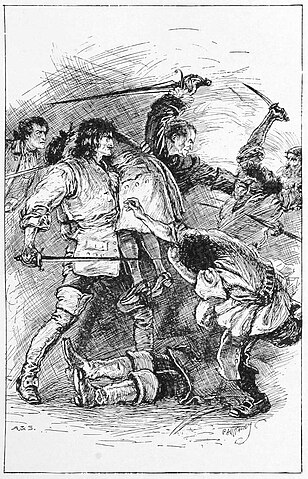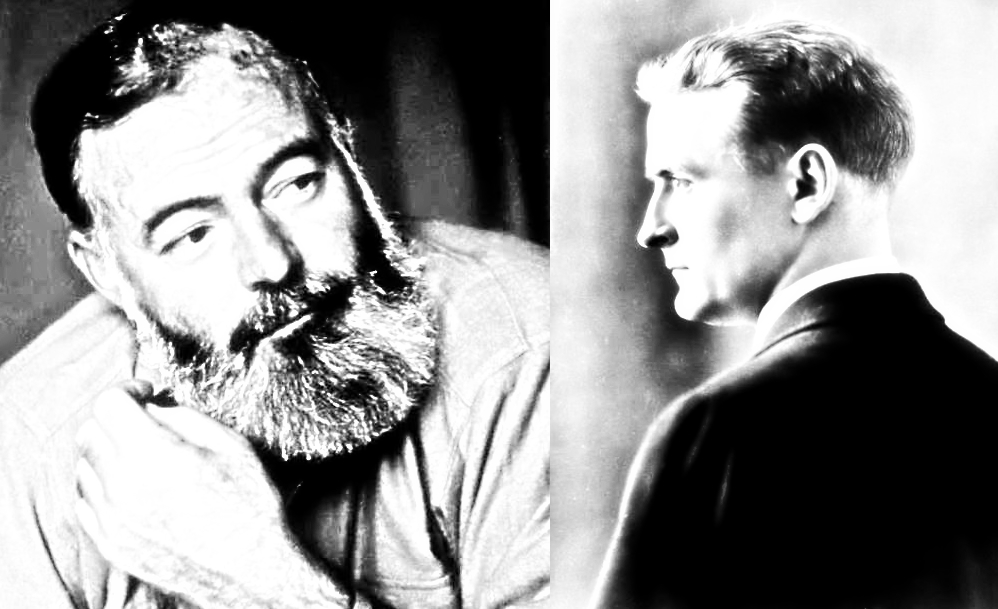Conflicts in stories can seem pretty straight forward. There is a bad guy (or event) and the main character must confront it and succeed. Yet, conflicts are more nuanced than even that, with characters shifting from static to dynamic. Additionally, depending on the genre, you might see more conflict in specific stories, such as action and adventure. As such, conflict is both important and complex to plots and characterization. Today on the blog, I would like to discuss two types of conflict that enrich characters and stories: internal and external conflict.
What is conflict?
Conflict is the convergence of two opposing forces. It is when the good guy meets the bad guy. When the hero confronts the bad society. When the person gets lost in the woods and dominates or gets dominated by nature. Conflict is also the way a story moves along. Without conflict, you have no story.
In addition, consider the Freytag model of plot structure. You have five or six basic components: Exposition, Initial Incident (conflict), Rising Action, Climax, Falling Action, and Resolution. Conflict here comes after we learn about the characters, the setting, and the goings on of their surroundings. It pushes the story into Rising Action and acts as a necessary thrust to move the narrative along.
What is internal conflict?

Internal conflict is the conflict that happens inside of you or your character in a story. It is the unseen conflict; the conflict inside the mind. It is the mental complexity of conflict. Are you grappling with a secret that you can’t share? Are you dreaming of a better life? Do you not like yourself enough to go find new friends? All of these are internal conflicts that may affect a character.
What is external conflict?

External conflict is all the stuff we see literally. Is a big bad evil guy destroying the world and our heroes must stop him? Or, is an invisible threat harming the people of Earth? Is there a stalker who just won’t leave the protagonist alone? These are all examples of external conflict.
How to use this in your own writing
First, identify your characters–which ones are dynamic or changing–and think about what is going on mentally with them. Are they under stress? Are they closed off from the world? Do they have depression? Then engage with this line of thinking in order to more richly define your characters wants and needs. Second, think about your external conflicts. Are you identifying them with clarity. If you were a reader, would you know what the overt problem is in the story, or is it unclear?
Second, make sure both of these types of conflicts are illustrated with reality and clarity, so that the reader can both engage and believe in your writing. The more details you can add in your own style, the more likely a reader will stay with you and your writing.
Conclusion
In the end, understanding the difference between internal and external conflict can help you better strategize when writing a story. It can help you better understand the stories presented to you in books and film. Likewise, using conflict to enrich characters allows the reader to understand a character’s motivation. Additionally, knowing when and where to use internal and external conflicts can assist you in creating interesting, fleshed-out characters who have depth.
As Perdue states: “The conflict (in a story) can be internal: a character’s battle with depression. Or the problem can be external: the protagonist dealing with her enemy, the antagonist.” Additionally, Purdue states that a conflict can be a bit of both, with characters having to engage with themselves before conquering their enemy.
Works Cited
“Fiction Writing Basics.” Purdue University. Web. https://owl.purdue.edu/owl/subject_specific_writing/creative_writing/fiction_writing_basics/fiction_writing_basics_2.html









One response to “How to Enrich Characters and Plot with Conflict”
[…] can show the growth of stories (here and here), and how characters become fuller through conflict (here). Additionally, we’ve looked at how both justice has shaped heroes (here), and […]